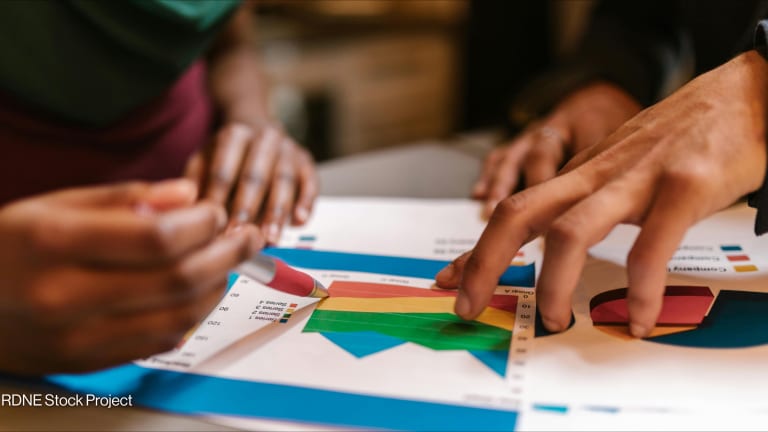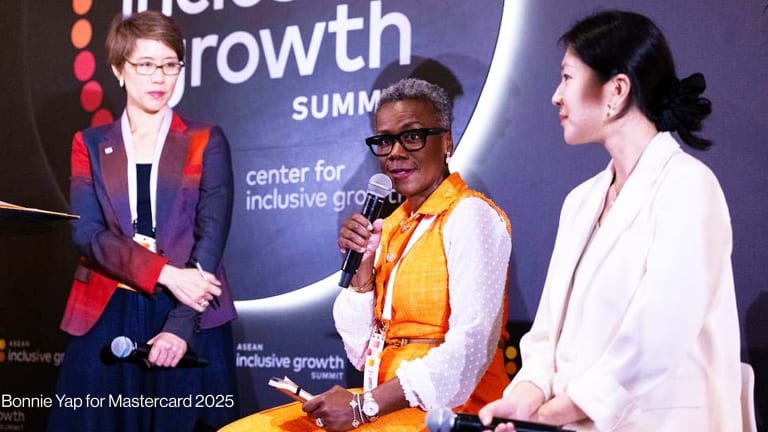DUBAI, United Arab Emirates — Data2X made a big impact at the United Nations World Data Forum in October, helping to make gender a core part of discussions of data gaps, solutions, and communicating impact. Gender data has taken off in the past five years among the global data community with Data2X executive director, Emily Courey Pryor, calling the marked change “gratifying.”
But it is not a shift that can be taken for granted, and there is a risk that gender data won't be integrated into broader data systems, Pryor said.
“It’s like some countries may create a ministry for gender and believe everything will be taken care of,” Pryor told Devex. “But they get the least amount of funding out of the ministries. It’s the responsibility of us and other people who care about this agenda to make sure that doesn’t happen.”
This story is forDevex Promembers
Unlock this story now with a 15-day free trial of Devex Pro.
With a Devex Pro subscription you'll get access to deeper analysis and exclusive insights from our reporters and analysts.
Start my free trialRequest a group subscription







